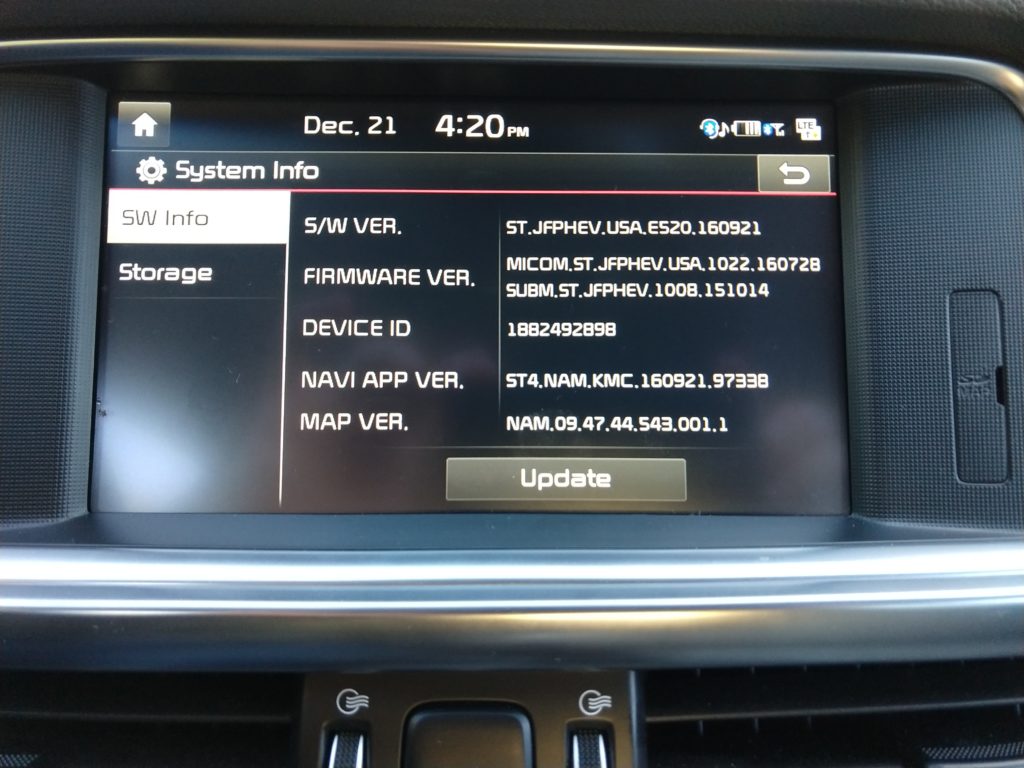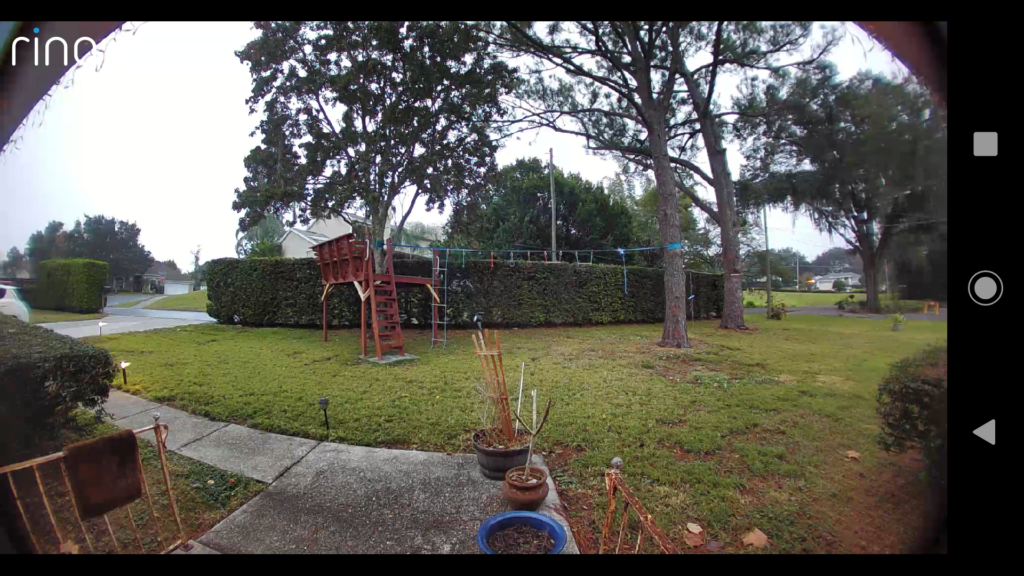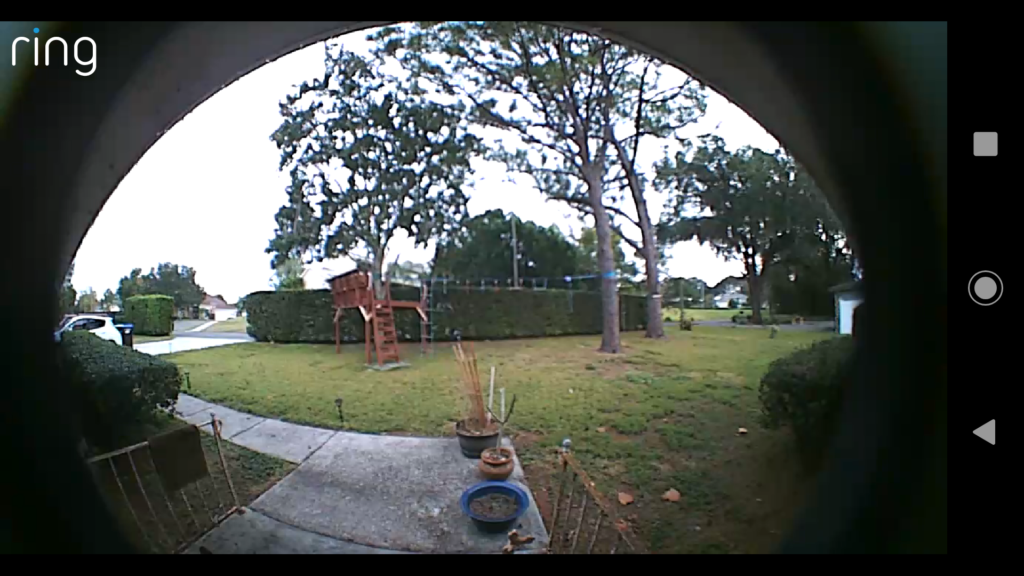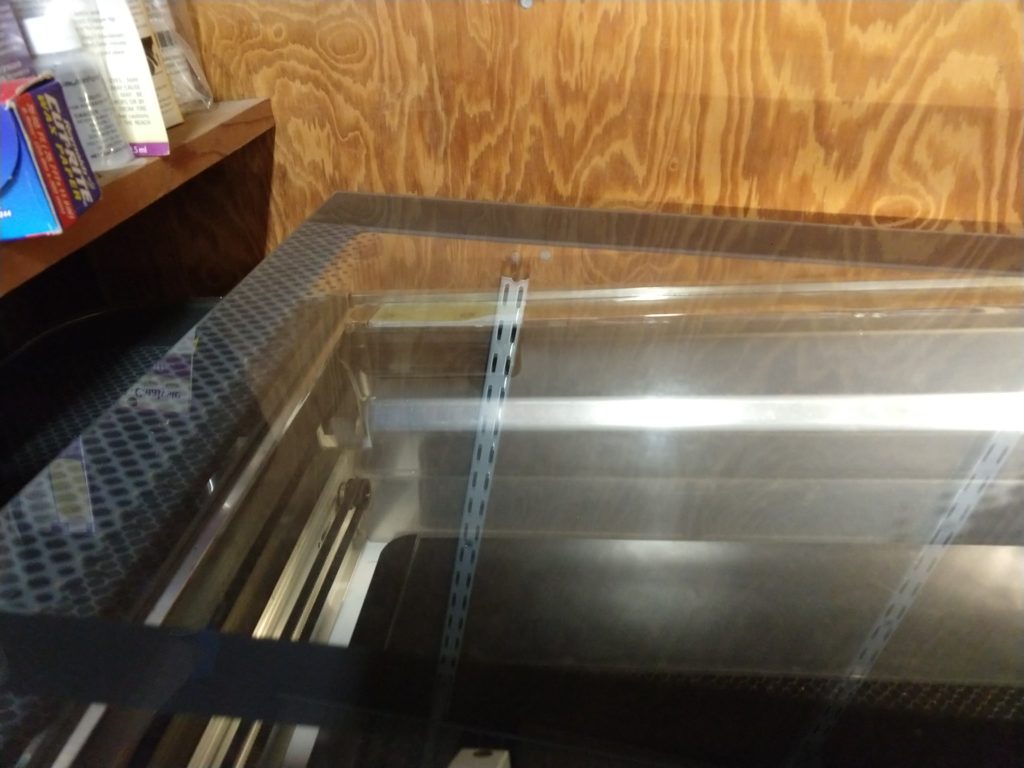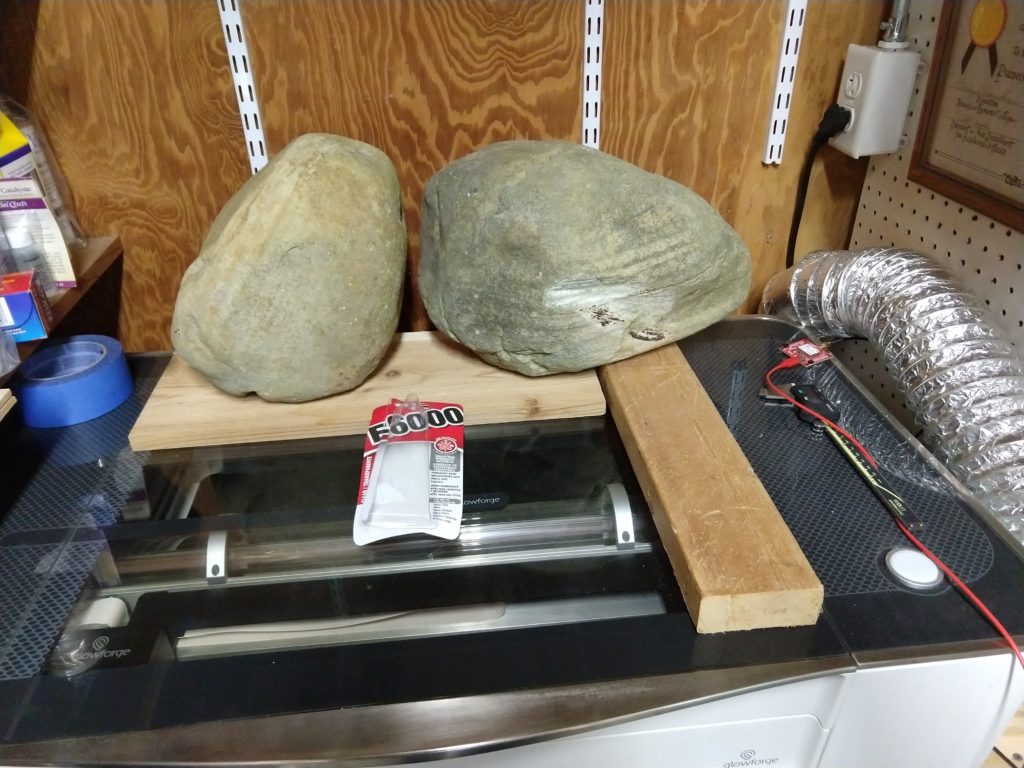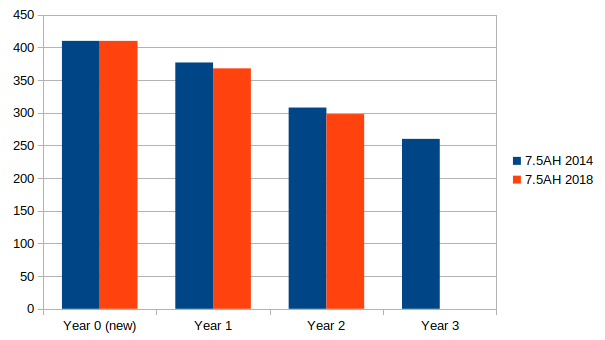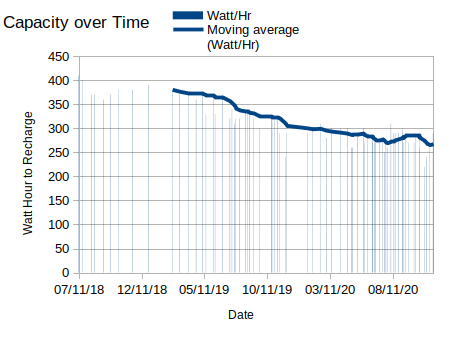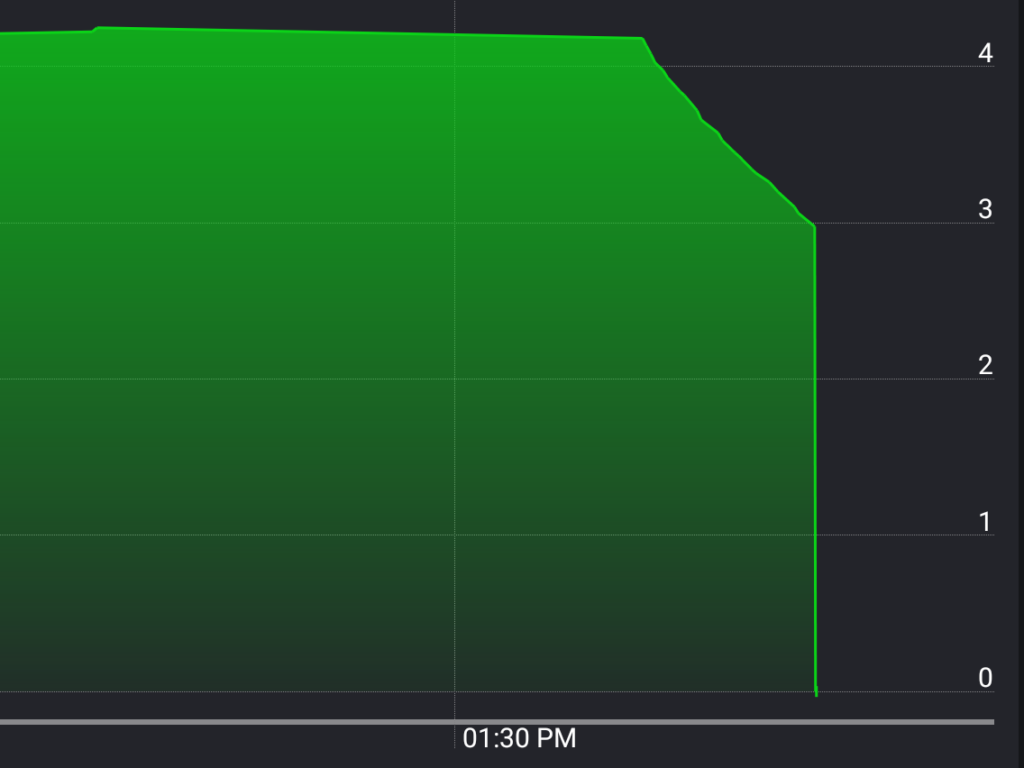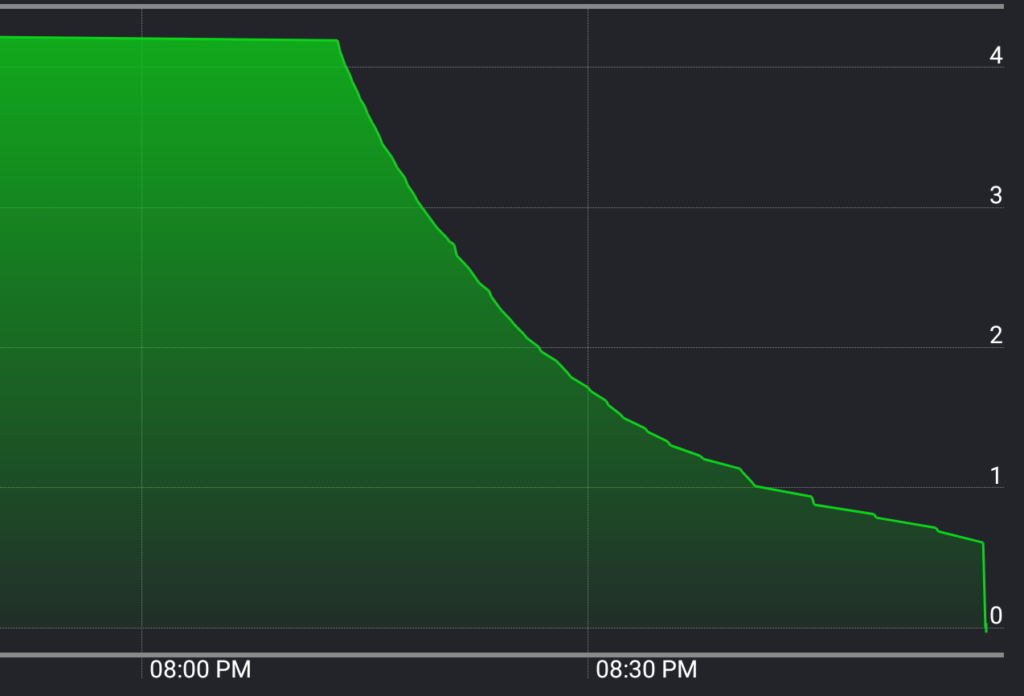Cases
The 7-day average of new cases (848 per day) has reached levels only seen at the peak of the summer surge, bringing us firmly into “2nd wave” territory. There were dips in reported cases around the Thanksgiving and Christmas holidays as many testing sites were closed, but it is clear that these holidays drove a continuing increase in infections.
Deaths
The number of deaths per day are going up, but as physicians have learned better ways to treat patients we are not yet having as many deaths as in the summer peak. (Also, deaths lag infections by several weeks, so I expect these numbers to increase.)
In November, Orange County Florida had an average of 2.87 covid-19 deaths per day (86 total deaths). In December 2020, the average had risen to 3.35 deaths per day (104 total deaths). This is still 50% of the deaths reported in the summer peak (June 22nd 2020 to July 22nd, 2020) which had 6.97 average deaths per day (223 total deaths).
In the state of Florida overall, the total number of people hospitalized for covid-19 is slightly over 6,000 (but rising), while the summer peaked at almost 10,000. The deaths per day is also currently lower than the summer peak.
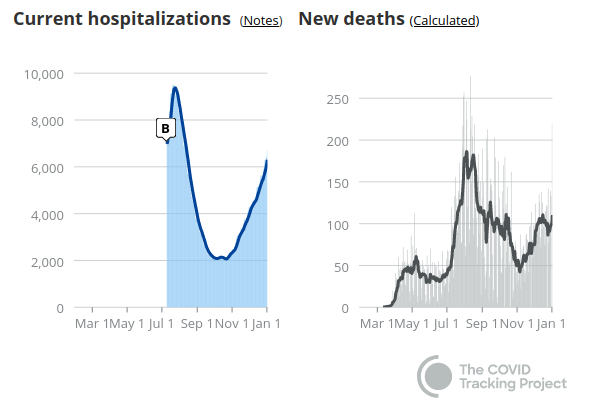
Hospitalization and Death trends for the entire state of Florida. (Hospitalization data was not reported by the Florida DOH until July 10th.)
Percent Positivity
The percent positivity metric has been above 6.55% in 14 of the last 14 days, indicating that community spread is not under control. 
How many people have been vaccinated
The Florida department of health reports that as of January 3rd 2020, 19,356 Orange County residents have received their first dose (out of two) of a COVID-19 Vaccine.
This is 1.3 % of the population (primarily front line healthcare workers and residents of long term care facilities) who have begun the vaccination process. [Note that full protection is not achieved until two weeks after the second dose, but some protection begins to appear within 10 days of the first dose.]
How many people have been infected
The US Census bureau estimated that Orange County Florida has a population of 1,393,452 people (July 1st, 2019). The Florida Department of health reports today that 78,512 cases of COVID-19 (confirmed by either a positive PCR or Antigen test result) have occurred in Orange County so far. That means at least 5.6 percent ( 78512/ 1393452 = .05634352 ) of the population has been infected. The actual percentage is likely to be much higher as many asymptomatic cases may never be detected.
How many people have been hospitalized or died
Of those confirmed infected, 1,953 or 2.5 percent ( 1953 / 78512 = .02487517) have been hospitalized, and 750 have died. The death toll is currently 0.96 percent of all detected cases ( 750 / 78512 = 0.00955267).
Florida average percentages for hospitalizations and deaths are 4.7% and 1.6% so Orange County has done better than the rest of the state of Florida for hospitalizations and mortality so far.
Median Age of the infected
Last month the median age of those infected was 35, while 42 was the median age over the last 7 days. [The median age of Florida residents is 42.2 ] While infections had trended towards the younger demographics in Sep/Oct/Nov, it appears that the age profile of those infected is now matching that of the overall population.
Orange County Schools
Orange county schools closed for winter break after December 18th. On November 27th they had 1,154 confirmed cases, while they had 2,096 on December 18th, a gain of 942 cases. School will resume on January 4th. The number of cases in the K-12 schools has reflected community spread primarily outside of the schools, which did not appear to be a major driver of new infections.
Predictions for January:
Case numbers have risen quickly in December. I expect them to continue to rise, especially in the next 7 days after New Year’s eve festivities. I expect the numbers for hospitalizations and deaths to increase in January.
I do not anticipate enough vaccinations to occur in January to have a significant impact on the number of new cases, which I expect to stay at or above current levels. However, I hope to see deaths begin to drop near the end of February as the most vulnerable population (those over 65) are prioritized for vaccinations.
[Charts/Numbers used can be found in this open document spreadsheet: orange_county_florida.ods ]


